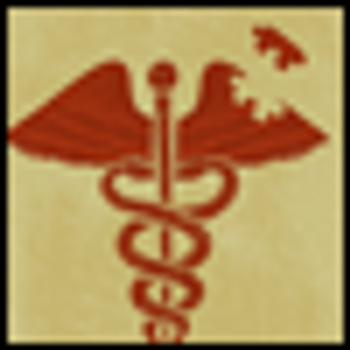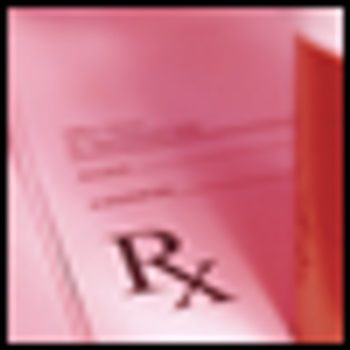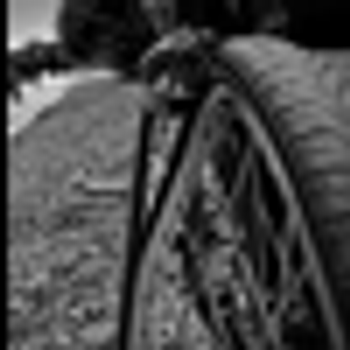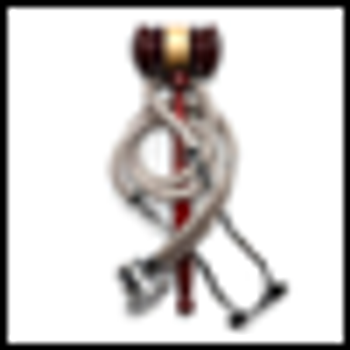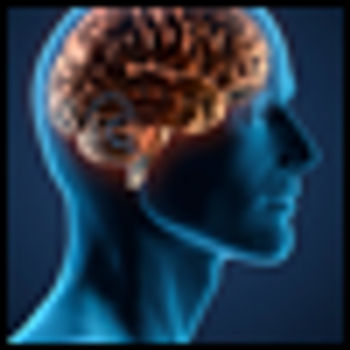
The issue of self-disclosure in psychotherapy is one of complexity and some evolution.1-16 Most discussions about the practice refer to boundary questions because self-disclosure by the therapist to the patient is a boundary issue. Self-disclosure has, of course, a number of dimensions, including clinical, therapeutic, technical and-in some cases-legal or regulatory. Despite the rich and interesting clinical issues relating to self-disclosure (outlined in Gutheil and Brodsky1), the focus of this article is on the ethical aspects of self-disclosure.1,15,16 Of necessity, the discussion centers on the more exploratory forms of psychotherapy, such as dynamic therapy, rather than on behavioral therapies, co-counseling, substance abuse treatment, or pharmacological treatment.

